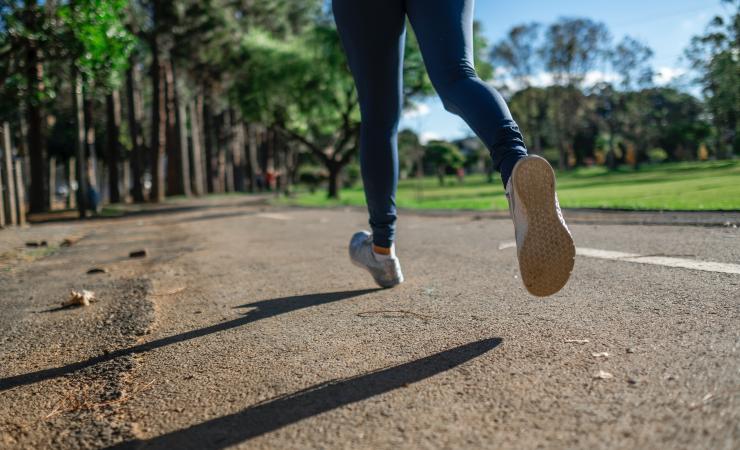If you have diabetes, chances are high that you need to take insulin. This will prevent very high blood sugar levels, which are associated with a range of dangerous health risks – heart attacks, strokes, eye problems (diabetic retinopathy), foot problems (peripheral arterial disease), liver and kidney damage. But, if you receive too much insulin, it can result in another complication – hypoglycaemia, or low blood sugar, which can also lead to hospitalisation or in some cases, death.
“Hypoglycaemia often occurs as a consequence of taking medicine for diabetes, especially when taking insulin,” says Dr Matthias Müllenborn of Novo Nordisk, co-leader of the Innovative Medicines Initiative (IMI) project Hypo-RESOLVE.
It’s a catch-22 for patients, who must straddle the line of tolerance to reach the right blood sugar level. Too high, and they risk cardiac events; too low, and they could in extreme cases end up “dead in bed”.
Unfortunately, there are still a lot of unknowns about the levels of hypoglycaemia – what’s safe and what is not. The conventional levels used by clinicians to evaluate hypoglycaemia are decided based on agreement rather than evidence. “Classification is done by consensus, and it is not aligned across countries or health systems,” says Müllenborn.
Hypo-RESOLVE set out to de-mystify hypoglycaemia – developing a robust database that will allow clinicians to make better decisions when advising people with diabetes on their blood sugar levels.
One of Hypo-RESOLVE’s studies involved investigating what people experienced when they were suffering from low blood sugar levels. 600 people with diabetes wore a continuous glucose monitor for 10 weeks, as well as a Fitbit to monitor their activity and sleep levels. At the same time, these patients filled out a questionnaire three times a day via the Hypo-METRICS app, outlining when they thought that they experienced hypoglycaemia and their respective symptoms. The patients couldn’t see the readings of the continuous glucose monitor, so what they were physiologically experiencing was compared to how they felt.
The results showed that there was often a mismatch between what the patients thought they were experiencing, and what was measured by the body-worn sensors.
“Some people said that they felt fine, and it wasn’t an issue, even though their blood sugar levels were reading as quite low,” says Müllenborn. “Others reported feeling as though they were having a hypoglycaemic attack although their blood sugar levels were normal.”
This can cause problems on two fronts – one, that people with diabetes can’t tell when they are going into a low blood sugar episode and may suffer from severe consequences; and two, that patients who feel that their blood sugar is low when it is not may worry and under-treat, and this will have a long-term impact on their quality of life.
The psychological toll of hypoglycaemia can be heavy, and fear of these attacks can cause extreme anxiety not only in the patients but also in their families.
On the flipside, people with type 1 diabetes in particular have been living with hypoglycaemia their entire lives and can be so used to the feeling of low blood sugar that they don’t even notice it happening. “They may have become habituated,” explains Müllenborn. “Meaning that they might feel quite normal and don’t notice, in the same way as you can get used to cold or warm temperatures.” Researchers in Hypo-RESOLVE investigate the respective mechanisms and potential ways of prevention.
Other results of the Hypo-RESOLVE project, which will be published in the coming months, include the investigation of the psychological impact of living with the threat of hypoglycaemia. This work focuses not only on the patients themselves, but also their families, who need to be able to react and care for hypoglycaemic patients in the event of an episode.
A related study by Hypo-RESOLVE highlights the impact that hypoglycaemia has on quality of life. The study showed that hypoglycaemia affects leisure activities, physical health, ability to keep fit, emotional well-being, spontaneity, independence, work/studies and dietary freedom. Sleep is the domain that suffers the most, according to the patients who took part in that study, with 4 out of 5 type 1 diabetes patients reporting sleep difficulties caused by hypoglycaemia.
Hypo-RESOLVE is supported by the Innovative Medicines Initiative, a partnership between the European Union and the European pharmaceutical industry.
